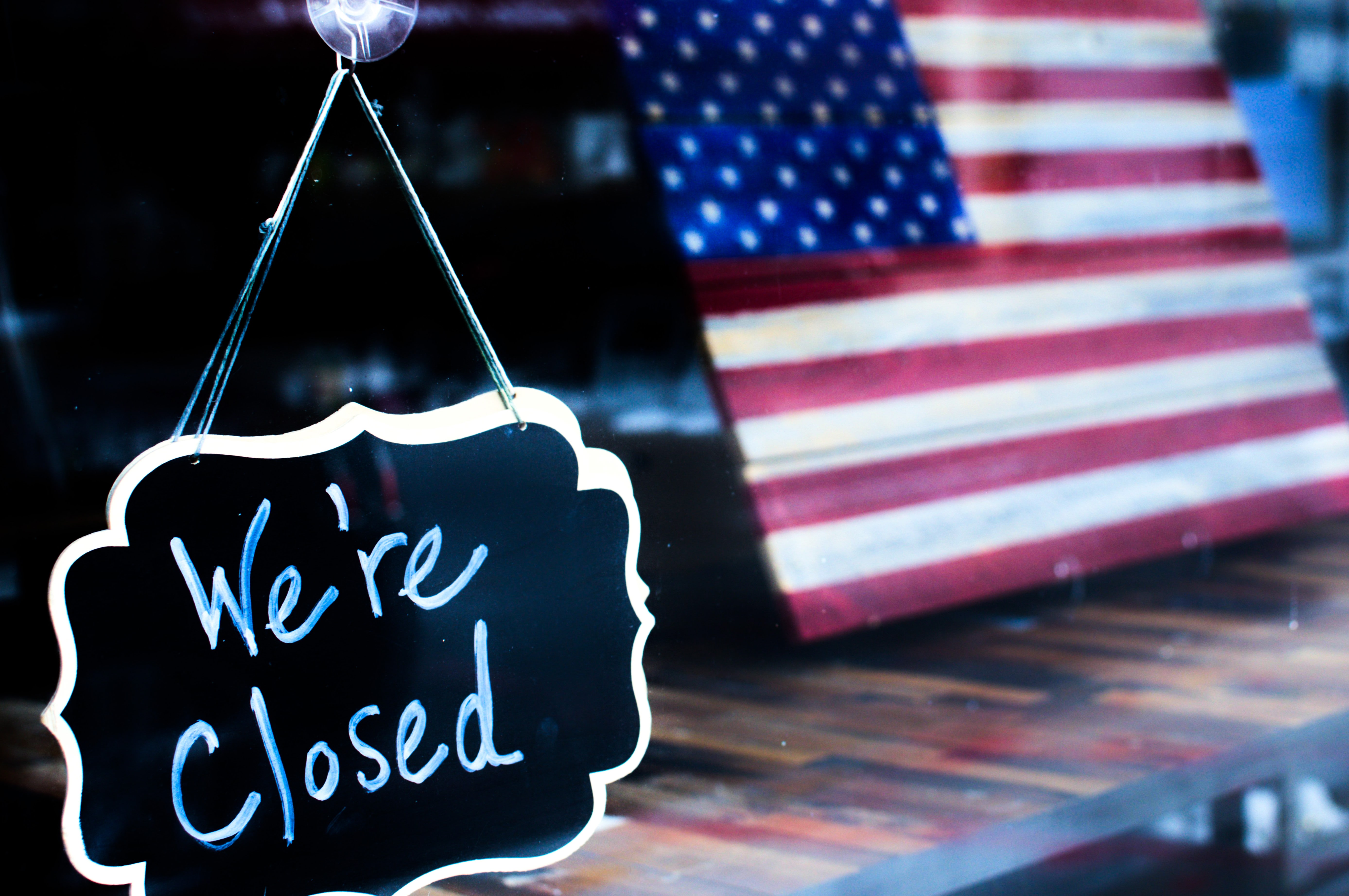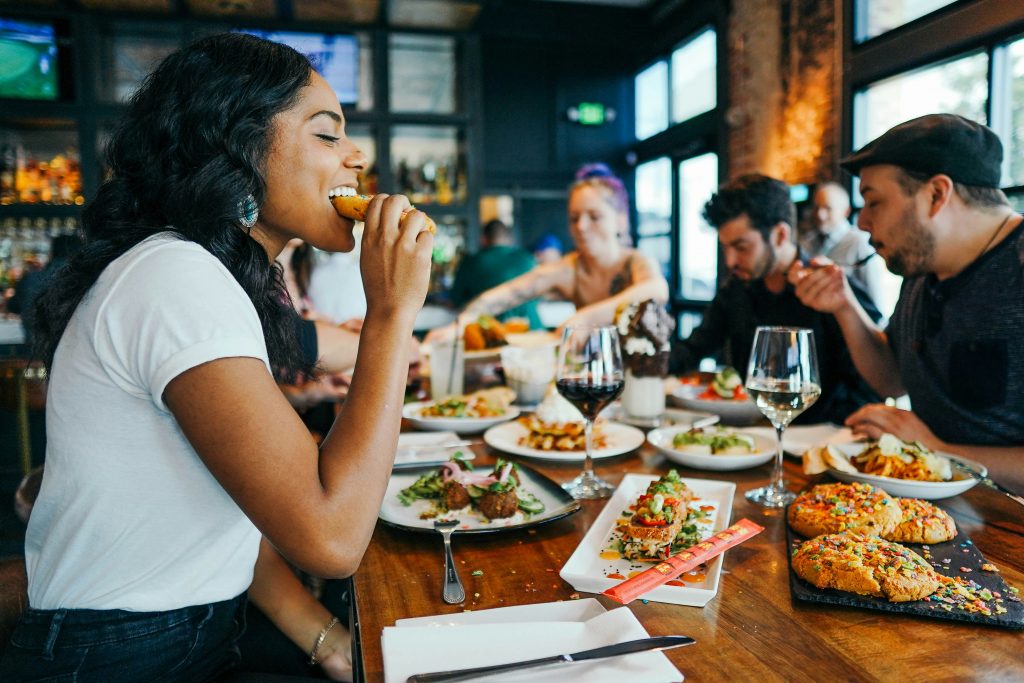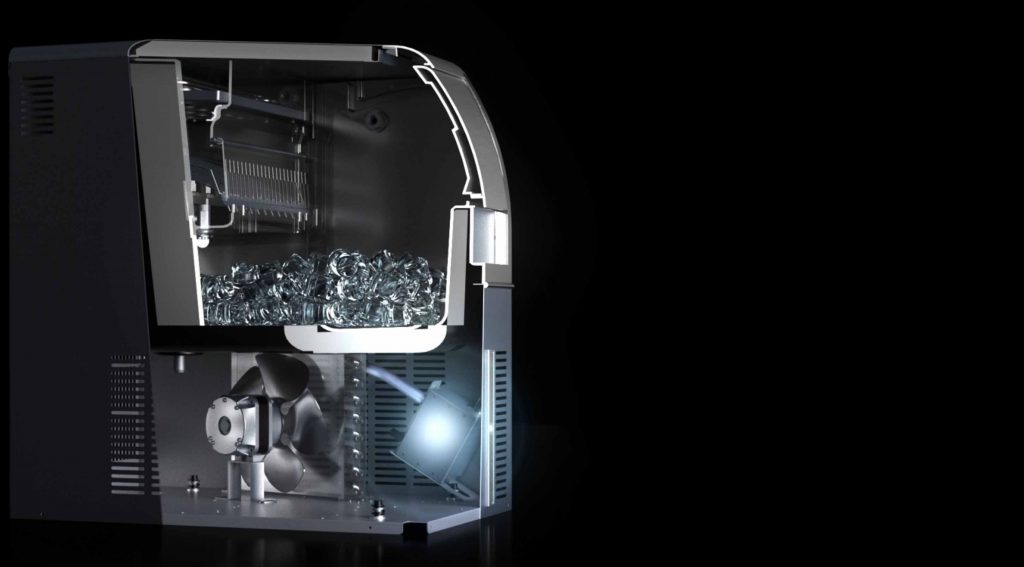
Restaurants in the US have lost nearly three times more jobs than any other industry since the beginning of the coronavirus outbreak, according to recent findings from the Bureau of Labor Statistics.
In total, this equates to nearly six million jobs lost, representing the sector’s lowest employment level since May 1989.
“The restaurant industry has been harder hit by the pandemic shutdown than any other industry. Two thirds of the employees working in restaurants in February are now unemployed,” said Sean Kennedy, executive vice president of public affairs for the National Restaurant Association (NRA), And the NRA only expects this number to grow.
Protecting staff and customers
FCSI Associate John Reed, owner of Customized Culinary Solutions in Skokie, Illinois, described the number of job losses as a “tremendous” and predicts they will be slow to return.
Hope for the restaurant industry remains in the lifting of lockdown and reduction in social distancing measures, allowing businesses to reopen. But protecting both staff and customers while controlling the curve will make this a very slow process.
In fact, restaurant operators have indicated that they do not expect to see any rapid improvement in business. According to NRA figures, 50% predict their sales will not have recovered before the end of the year with the industry estimated to have lost more than $50 billion in sales in April alone.
“The return of jobs, not just in restaurants but across vendors, support services and suppliers, is really dependent on how we as a society react to the pandemic,” says Reed. “We are dependent on federal, state and local mandates, consumer confidence, mitigation and management of the virus – not eradication – and the industry as a whole to create a safe and desirable dining experience for the customer, that follows the scientific evidence and numbers.”
And yet, restaurants are really in the control of their own destiny, he argues. “They have to make the decision to open just for the sake of opening and trying to get back to the way the industry has run for the last 50 years. Or they may stay closed as the costs outweigh the social outcry.”
“For restaurants to survive, we must create a process for them to start from scratch and reinvent the industry from the ground up, one step at a time. We need to carefully and collectively navigate out of these waters.”
Adjusting to the new normal
The saving grace for those establishments able to offer collection and takeout is that NRA figures suggest 60% of consumers are ordering in at least once a week – a number that has remained consistent since the onset of the outbreak.
As many as 83% also say they are not eating on premises at restaurants as often as they would like (with this option being largely unavailable at present), compared with 45% when asked in January. This represents a strong desire for on premises dining that companies can take advantage of once it is safe to do so.
But reopening is going to be tough, says FCSI Associate Fredrick Gordon of Gordon Restaurant Consulting in Houston, Texas. “With the restrictions on capacity and the guidelines around social distancing, restaurants won’t be able to bring back all of their employees – they won’t have the same number of tables, they won’t need the same level of servers and won’t be making the same revenue. This is going to be very detrimental to the industry as it relates to employment for quite a while.”
The restaurants that can figure out what the new norm looks like will be the ones who are successful, he adds, but recommends businesses don’t try and take on this challenge by themselves, says Gordon. “Seek professional help, get someone that understands what this means as it relates to restaurants, in particular the safety measures that need to be implemented,” he says.
Reed agrees: “Consultants have the one thing that anxious and scared employees and operators need to navigate this long upward slopping path to recovery. We are the calm voice in the room that takes away the emotional aspects of the unknown.”
Liz Cooley




